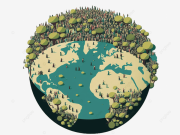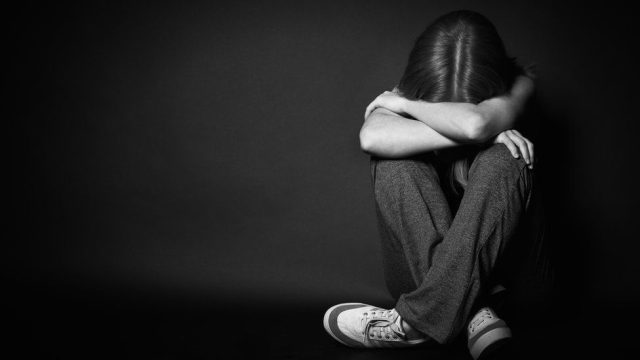Welcome to our blog, where we address the distressing issue of child abuse. Join us as we delve into the definition, types, causes, impacts, and strategies to combat child abuse. Together, let us raise awareness, advocate for child protection, and work towards creating a safe and nurturing environment for all children.
Understanding Child Abuse:
1.1 Definition and Types:
Defining child abuse as the maltreatment of children that encompasses physical, emotional, sexual, or neglectful acts or omissions.
Discussing the different types of child abuse, including physical abuse, emotional abuse, sexual abuse, and neglect.
1.2 Risk Factors and Causes:
Addressing the risk factors associated with child abuse, such as parental stress, substance abuse, intergenerational cycles of abuse, mental health issues, and social isolation.
Discussing the role of societal factors, cultural norms, and inadequate support systems in perpetuating child abuse.
Forms and Signs of Child Abuse:
2.1 Physical Abuse:
Exploring the signs of physical abuse, including unexplained injuries, bruises, fractures, or burn marks.
Discussing the immediate and long-term consequences of physical abuse on a child’s physical and emotional well-being.
2.2 Emotional Abuse:
Addressing the signs of emotional abuse, such as belittling, constant criticism, humiliation, or rejection.
Discussing the impact of emotional abuse on a child’s self-esteem, emotional development, and mental health.
2.3 Sexual Abuse:
Exploring the signs of sexual abuse, including inappropriate sexual behaviors, genital or anal injuries, or sudden changes in behavior.
Discussing the psychological, emotional, and physical consequences of sexual abuse on a child’s overall well-being.
2.4 Neglect:
Addressing the signs of neglect, such as inadequate supervision, lack of basic needs, or failure to provide medical care, education, or emotional support.
Discussing the detrimental effects of neglect on a child’s physical and cognitive development, social functioning, and overall health.
Impacts of Child Abuse:
3.1 Physical and Mental Health Consequences:
Examining the immediate and long-term physical health consequences of child abuse, including injuries, impaired brain development, and increased risk of chronic health conditions.
Discussing the psychological impacts, such as anxiety disorders, depression, post-traumatic stress disorder (PTSD), and difficulties in forming healthy relationships.
3.2 Educational and Social Implications:
Addressing the educational challenges faced by abused children, including academic underachievement, school dropout, and lower educational attainment.
Discussing the social consequences, such as social withdrawal, impaired social skills, and increased likelihood of engaging in risky behaviors.
3.3 Intergenerational Cycle of Abuse:
Exploring the cycle of abuse, where individuals who were abused as children are more likely to become abusive parents or caregivers.
Discussing the importance of breaking this cycle through early intervention, support services, and nurturing environments.
Preventing and Responding to Child Abuse:
4.1 Prevention Strategies:
Discussing primary prevention strategies, such as public education campaigns, parenting programs, and social support networks.
Addressing secondary prevention through early identification, mandatory reporting, and training professionals to recognize and respond to signs of abuse.
4.2 Support Systems for Families:
Highlighting the importance of accessible and comprehensive support systems for families, including parenting classes, counseling services, and community resources.
Discussing the role of social workers, healthcare professionals, and educators in providing assistance and intervention.
4.3 Legal Measures and Child Protection:
Addressing the significance of legal frameworks and child protection policies to safeguard children’s rights and hold perpetrators accountable.
Discussing child advocacy centers, child protection agencies, and multidisciplinary teams as examples of effective child protection systems.
Empowering Children and Promoting Resilience:
5.1 Education and Empowerment:
Discussing the importance of providing children with age-appropriate education about their rights, personal safety, and healthy relationships.
Addressing empowerment strategies that promote self-esteem, assertiveness, and resilience in children.
5.2 Trauma-Informed Care and Counseling:
Highlighting the need for trauma-informed care and counseling services to address the psychological and emotional needs of abused children.
Discussing therapeutic interventions, such as play therapy, cognitive-behavioral therapy (CBT), and art therapy.
5.3 Foster Care and Adoption:
Addressing the role of foster care and adoption in providing safe and nurturing environments for children who have experienced abuse.
Discussing the importance of comprehensive support services for foster families and adoptive parents.
Conclusion:
As we conclude our exploration of child abuse, it is imperative to recognize that every child deserves to grow up in a safe and loving environment. By understanding the different forms of child abuse, raising awareness, implementing prevention strategies, and providing support to both victims and families, we can break the cycleof abuse and promote the well-being of children. Let us stand together, advocate for stronger child protection measures, and work towards a future where every child can thrive, free from the devastating effects of abuse.






















